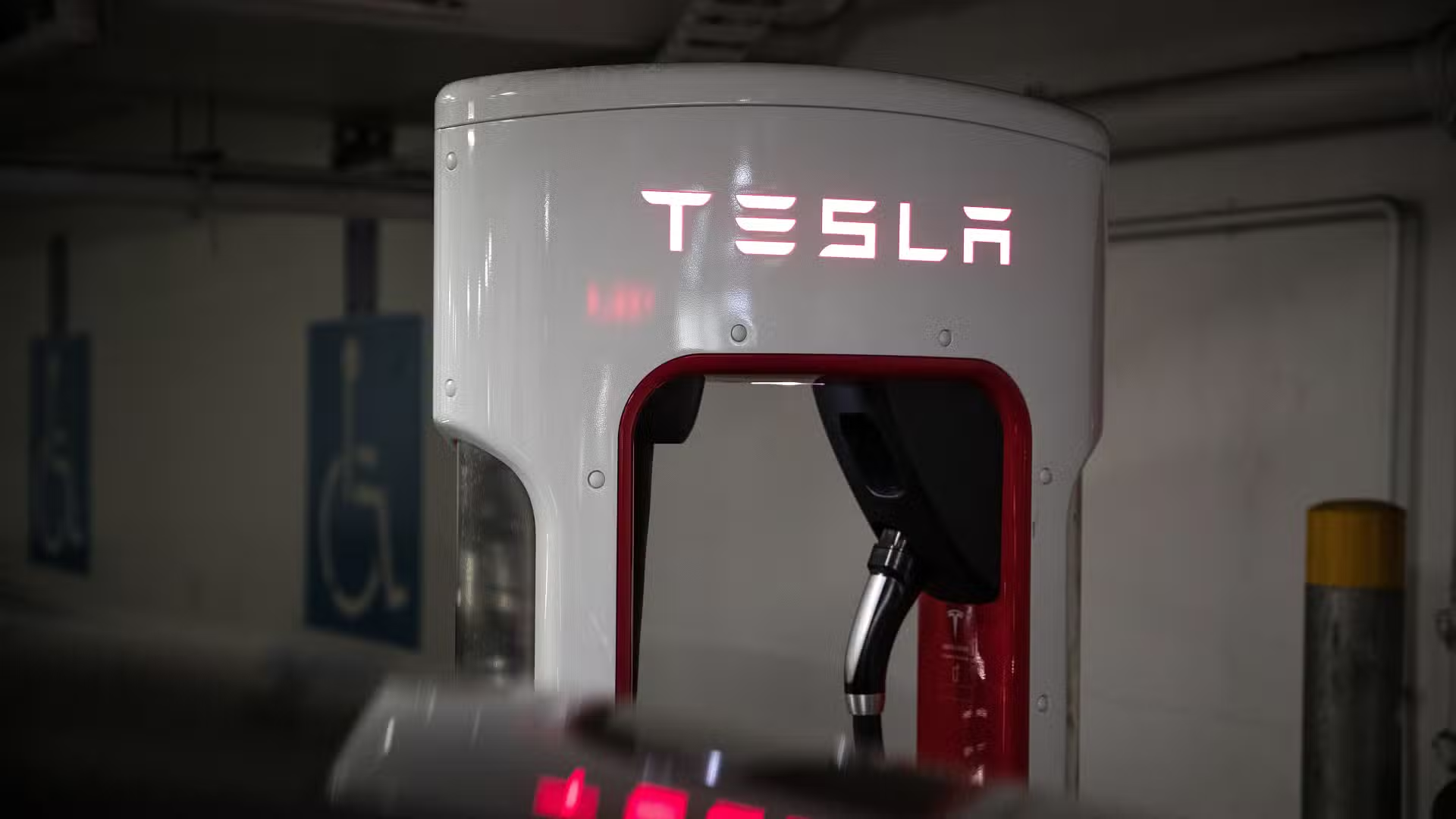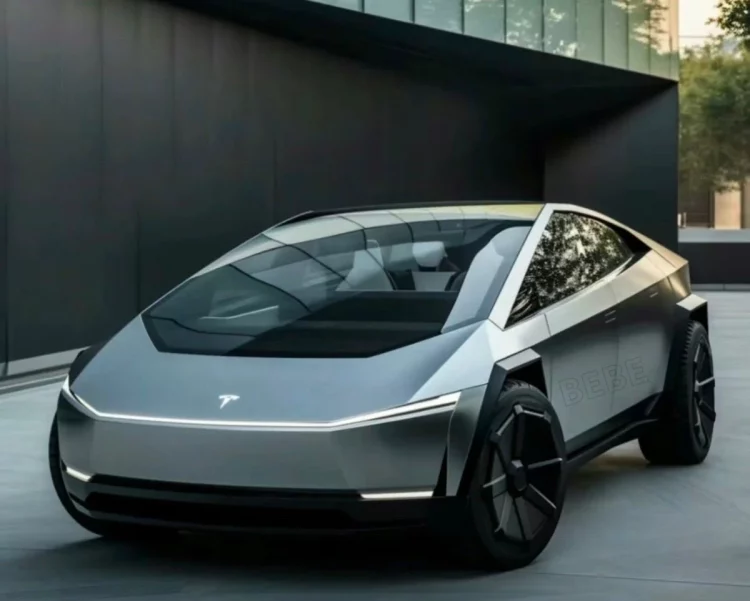As the sun set on the horizon of innovation, Tesla’s latest revelation, the Cybercab, marked the twilight of traditional automobile design. With no steering wheel or pedals to its name, Elon Musk’s vision transcended the mere act of ‘car-making’ into the realm of crafting autonomous experiences. In an announcement that reverberated through the industry, Tesla signaled a shift in paradigm, one where the driver is rendered obsolete, and the vehicle becomes a self-sufficient entity.
The End of the Driving Era
In an era punctuated by technological leaps, the unveiling of the Cybercab was not simply the introduction of a new vehicle—it was the proclamation of a new epoch. The Cybercab, devoid of the familiar trappings of a conventional car, heralds a future where the journey matters more than the driver’s input. It is a compact electric car, a two-seater with a design language echoing the audacious lines of the Cybertruck, encapsulating the ethos of Tesla’s bold foray into the future of transportation.
The Venue of Visionaries
The chosen venue for the announcement, the Warner Brothers Studios in Los Angeles, was a nod to the cinematic dreams that have shaped our perception of the future. It was here, amidst the echoes of ‘Blade Runner 2049’, ‘Westworld’, and ‘The Terminator’, that Musk decided to unveil his latest masterpiece, drawing a parallel between the innovation of Tesla and the imaginative leaps of science fiction.

A Glimpse Inside the Cybercab
Stepping into the Cybercab, one is immediately transported into what feels like a scene from a sci-fi blockbuster. The minimalist interior strips away the traditional cockpit, leaving behind only what is essential for the passenger’s comfort and engagement. This design philosophy is not merely about aesthetics; it is a functional blueprint for an autonomous future.
The Robovan: A Companion to the Cybercab
Alongside the Cybercab, Tesla introduced the Robovan, a self-driving minibus capable of ferrying 20 passengers at a time. It is a vehicle designed not just for individual convenience but for communal mobility, pushing the boundaries of what we consider public transportation.
The Economics of Autonomy
The financial implications of such a technological marvel are profound. With the advent of the Cybercab, the cost per mile is projected to plummet from $2 to as low as $0.2, a figure that redefines the economics of travel. This cost-efficiency is not just a triumph of engineering; it is a testament to the scalability of Tesla’s vision.
The Fading Promise of the $25,000 Car
Amidst these advancements, the once-promised $25,000 car seems to have faded into the background, a casualty of Tesla’s pivot towards the Robotaxi venture. Musk’s dismissal of reports regarding the halt in its development as fabrications did little to assuage the initial shock felt by investors and enthusiasts alike.


















































Discussion about this post